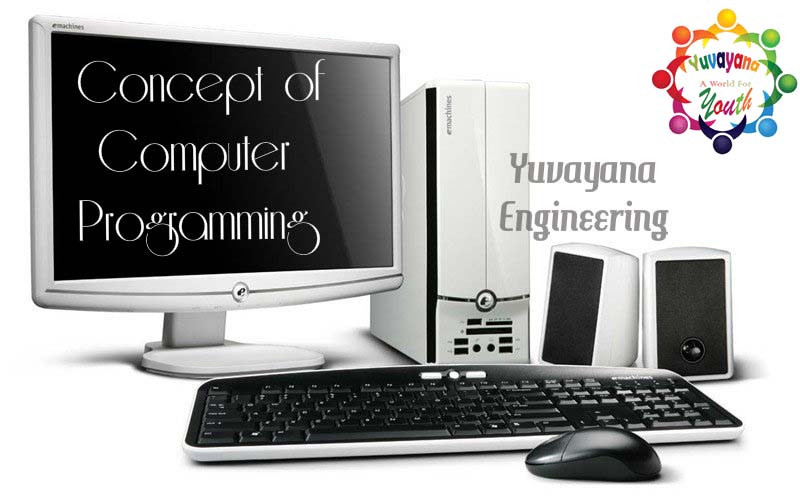Read about CPU Scheduling and Various Criteria to select the best CPU Scheduling Algorithm. In this article you will get Few distinct criteria to consider when a CPU scheduler comparing CPU scheduling algorithms. These distinctive criteria are attempting to choose the best scheduling algorithm for a specific circumstance and condition. The criteria are as follows:
Various Criteria to select best CPU Scheduling Algorithm
| S. No. | Scheduling Criteria | Short Description |
| 1. | Arrival Time | Arrival time is defined as the point of time at which a process enters into the ready state and ready for its execution. |
| 2. | Burst Time |
In the computer system each process requires some measure of time for its execution. This time is considered both the CPU time as well as the I/O time. Where CPU time is the amount of time taken by CPU to execute the process while I/O time is the amount of time taken by the process to execute some I/O activity. Generally a user ignores the I/O time and considers the CPU time only for the process. In this way, Burst time is the complete time taken by the process for its execution on the CPU. Likewise it is also named execution time or running time of a process. |
| 3. | CPU Utilization |
To make the best utilization of the CPU as a whole processing system and not to squander any CPU cycle, the CPU would be working more often (that will ideally condition 100% of the time). Considering an actual framework, CPU utilization should extend from 40% (softly stacked) to 90% (intensely stacked). |
| 4. | Throughput | Throughput is the absolute number of finished processes per unit time or rather state aggregate sum of work done in a unit of time. This may extend from 10/sec. to 1/hr. relying upon particular procedures. |
| 5. | Turnaround Time |
It is a measure of the time taken to execute a specific process, for example from the process submission time to the time of interim process completion (wall clock time). The turnaround time is also defined as the sum of the time spent by a process in the system. At the point when a process exists in the system it is either in the queue of ready state of the process for attainment the CPU or it is executing on the CPU. Turn Around Time (TAT) = Burst time + Waiting time or on the other hand Turn Around Time (TAT) = Completion time – Arrival time |
| 6. | Waiting Time |
The total amount of time spent by a process has been waiting in the ready queue to acquire the full control on the CPU or to receive CPU. Waiting time = Turn Around time – Burst time |
| 7. | Response Time |
The measure of time it takes from when a solicitation was submitted until the primary response is created. Always consider that it is the time until the primary response and not the process execution completion time (last response). It is also defined as that response time is the measure of time after which a process gets the CPU entering in the ready queue first time. Reaction Time = Time at which process initially gets the CPU – Arrival time |
| 8. | Load Average |
Load time is the average number of processes dwelling in the ready queue that is under waiting for their turn to get into the CPU. |
| 10. | Completion Time |
Process completion time is the purpose of time at which a process concluded its execution on the CPU and takes exit from the system. Likewise it is also called as exit time. |
Scheduling Algorithm Optimization Criteria:
In general, the following factors are specified as the optimization criteria of CPU scheduling;
- Maximize CPU utilization
- Maximize throughput
- Minimize turnaround time
- Minimize waiting time
- Minimize response time
Now it’s time to attempt the – CPU Scheduling Quiz












There are many CPU scheduling algorithms that have different functions, and there are also quite different processes to do them. You have described all the algorithms in this post quite well.